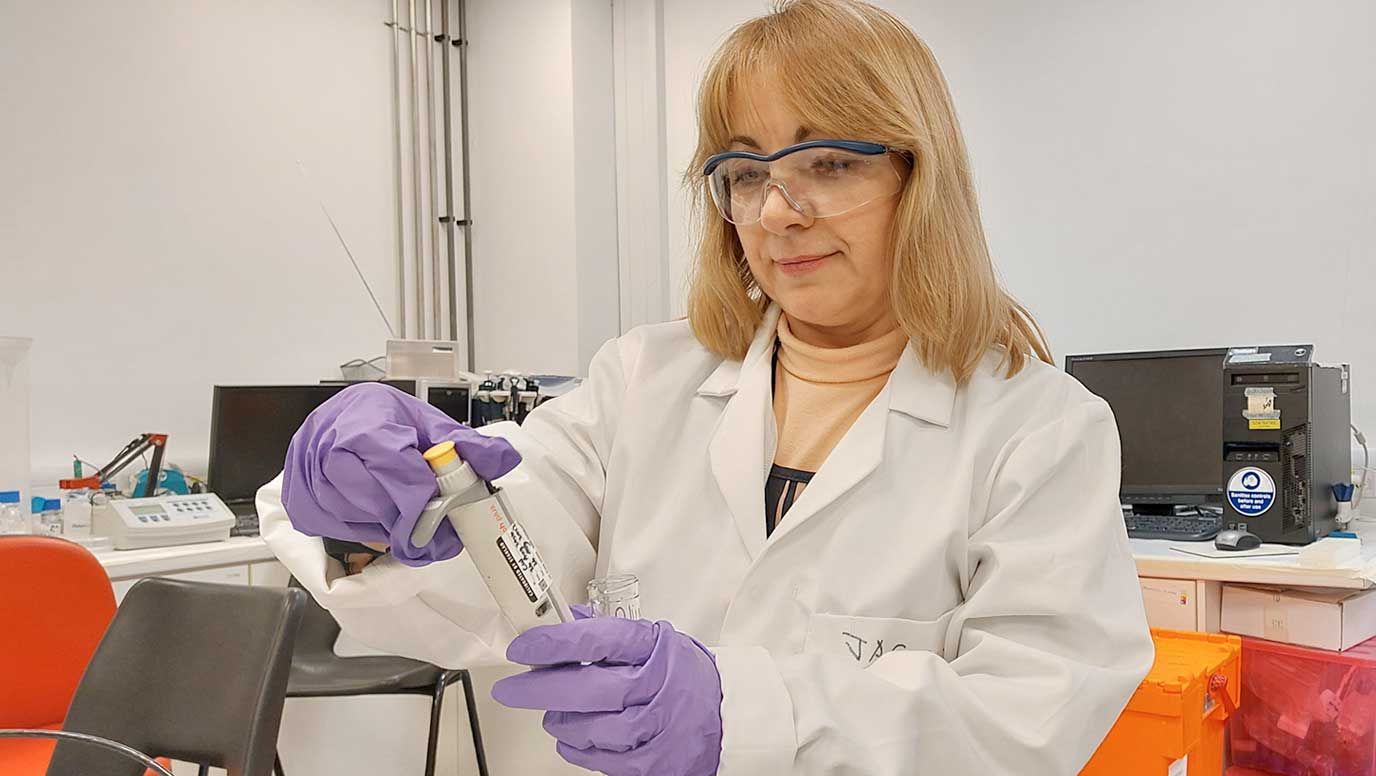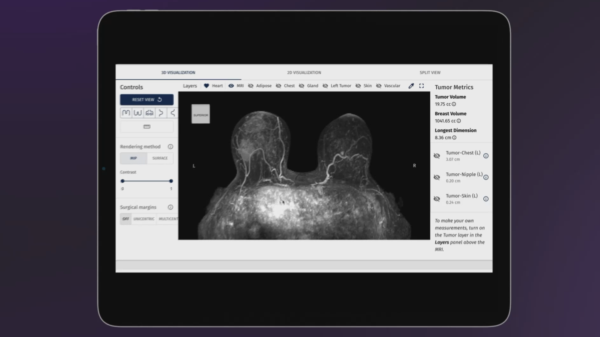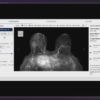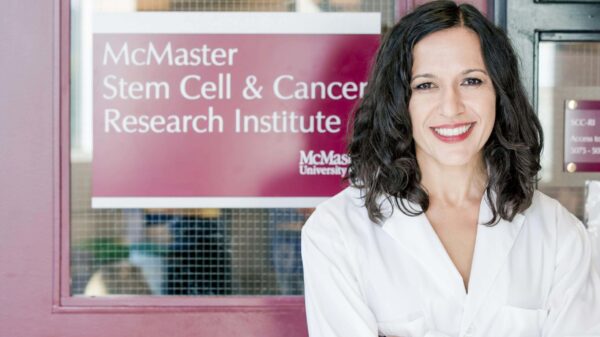A trio of scientists in the United Kingdom have pioneered a novel lung cancer blood biopsy screening tool that can provide results in less than an hour. They say it is low-cost and has the potential to identify the disease before symptoms even arise.
The test works by using newly developed sensor technology to pinpoint particular proteins linked to lung cancer in a subject’s blood. Namely, carcinoembryonic antigen (CEA) and neuron-specific enolase (NSE).
“In this work, CEA and NSE, which are known to be reliable, sensitive, and specific serum biomarkers for lung cancer, were selected as target analytes for the development of two biosensors,” the investigators explained.
It took three years of research and development to create this sensor technology. When it will make its way into clinics is currently uncertain.
“At the moment lung cancer screening tests can be expensive and take a long time,” Dr. Iva Chianella, a biosensors expert at Cranfield University, said. “Although in its early stages, the sensor we have developed holds great promise for early detection, which can lead to prompt treatments with higher patient survival rates.”
Chianella collaborated with Mahdi Arabnejad and Sam Tothill for the R&D initiative — two other biosensor scholars from the British Institution.
These researchers published a study on their diagnostics method in the journal “Biosensors” on Dec. 18. It is one of many useful new screening tools to make its way onto the scene in recent months. The OneBreath lung cancer breath analysis device from Breath Diagnostics and the mucus test from bioAffinity Technologies Inc (NASDAQ: BIAF) have been receiving attention lately too.
Read more: Breath Diagnostics onboards new president and closes critical financing
Read more: Breath Diagnostics pioneers novel lung cancer breath test
UK screening initiative aims to reach 100% of those eligible by 2030
Lung cancer screening has been a subject of recent attention in Britain.
The ongoing National Health Service (NHS) Lung Cancer Screening programme intends to examine 40 per cent of the eligible population by the end of next month. By the end of the decade, the healthcare system intends to have assessed them all.
The focus is former or current smokers between the ages of 55 and 74 who are most likely to contract the respiratory disease.
Since its creation in mid-2023, this initiative has detected over 5,000 cases of lung cancer. Smoking, air pollution, work-related exposure to substances like asbestos or silica dust, and radon gas are the primary causes.
There are over 49,000 new cases in the country per annum, approximately. It is the most common cause of cancer-related death for citizens, accounting for about 21 per cent of the total.
rowan@mugglehead.com














